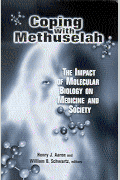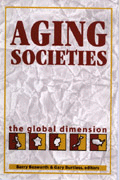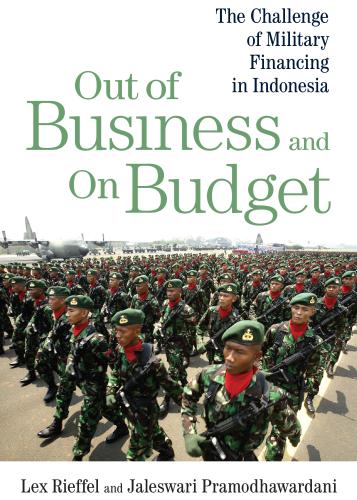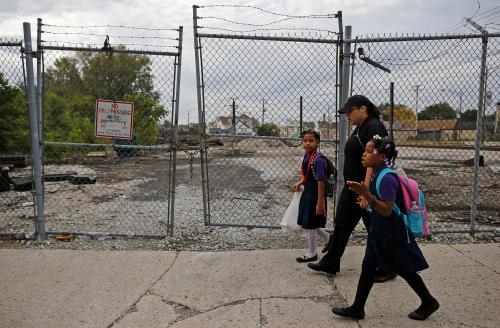Bad news sells well. So demographic projections that suggest that the world’s population under most scenarios will continue increasing and becoming older provide fodder for professional doomsayers. Indeed, without changing policies the demographic challenge risks turning into a global disaster at economic, social, and other levels. Population aging is likely the most important socioeconomic change since the dawn of mankind, the importance of which equals that of climate change. Yet some visionaries propose turning the projected demographic trend into an opportunity—they see this very new phenomenon not as a wave that can be ducked (it can’t), but as process that needs to be proactively managed with appropriate policies.
Population aging has two sources—increased life expectancy and decreased fertility rates. Life expectancy at birth has been constant at about 30 years for thousands of generations. In the 18th century it started to increase, first in some industrializing countries and then across the world, and the trend of the frontier in life expectancy is linear since 1840, albeit with some exceptions (as seen recently for white males in the United States). A similar historic pattern is seen in the sustained fall in the fertility rate, which contributes temporarily to population aging if converging to above the reproduction level, and permanently if it falls below.
Dealing with an aging population
If life expectancy continues to increase, the best response is generally to lengthen individuals’ working lives (i.e., defer retirement). The two main alternatives—more savings/higher taxes during individuals’ active lives or their reduced consumption during old age—are not only welfare-decreasing but are not sustainable, as the savings/taxation solution has a natural ceiling and old-age consumption a floor. Three necessary ingredients for promoting longer working life are clear: individuals must be skilled, healthy, and motivated. The policies to achieve this, however, are not well understood or available.
Addressing population aging and longer working life requires a review of, and quite likely major changes to, all social institutions, from the oldest—quite likely marriage—to one of the youngest—labor markets and pension systems. For thousands of years, the average length of a marriage was about 10 years, as men died in battle, women died when giving birth, or spouses fell victim to deadly diseases. Nowadays, marriages can last 50 years or more, and that figure is rising, although the high and increasing divorce rate across countries and the prevalence of “patchwork families” in many countries render life-long couples the exception. Consequently, formal divorces, legal structures beyond formal marriage, and new policies to deal with children of separated couples have been implemented in many countries and continue to change.
In contrast, formal labor market and pension institutions have not adapted similarly, partly because of strong political resistance and partly because policy visions of what and how to change are limited. Pension system redesign typically does not consider how to best address longer working life, and labor market reforms have moved at a glacial pace to accommodate the growing number of elderly. One example is organized and unorganized labor’s continued focus on negotiating wage increases and reduced working time while paying only lip service to upgrading workers’ skills throughout their life. Without hope of a decent job when they are old, people will not be willing to retire later despite longer life expectancy. Population aging can only be successfully addressed with innovative pension, labor market, and other reforms that encourage and enable older people to stay healthy, skilled, and motivated.
But does working longer actually make people happy? Empirical evidence increasingly suggests that early retirement may, actually, be bad for one’s health, intellect, and life expectancy. The research on happy aging identifies four key areas for individual action:
- Have a purpose in life that is on your mind when you rise and get ready for the day. E.g., a paid or unpaid job, a hobby, or another occupation that makes life worthwhile;
- Exercise—it helps one to stay healthy, reduces stress, and is a natural fountain of lifelong youth. A healthy lifestyle strengthens the outcome;
- Stay socially embedded through family, friends, or other forms of social interaction, as these established psychological mirrors are critical for individual wellbeing;
- Take care of the “birds and bees,” a major part of one’s humanity throughout life.









Commentary
Happy aging needs realism, action, and fun
December 14, 2015